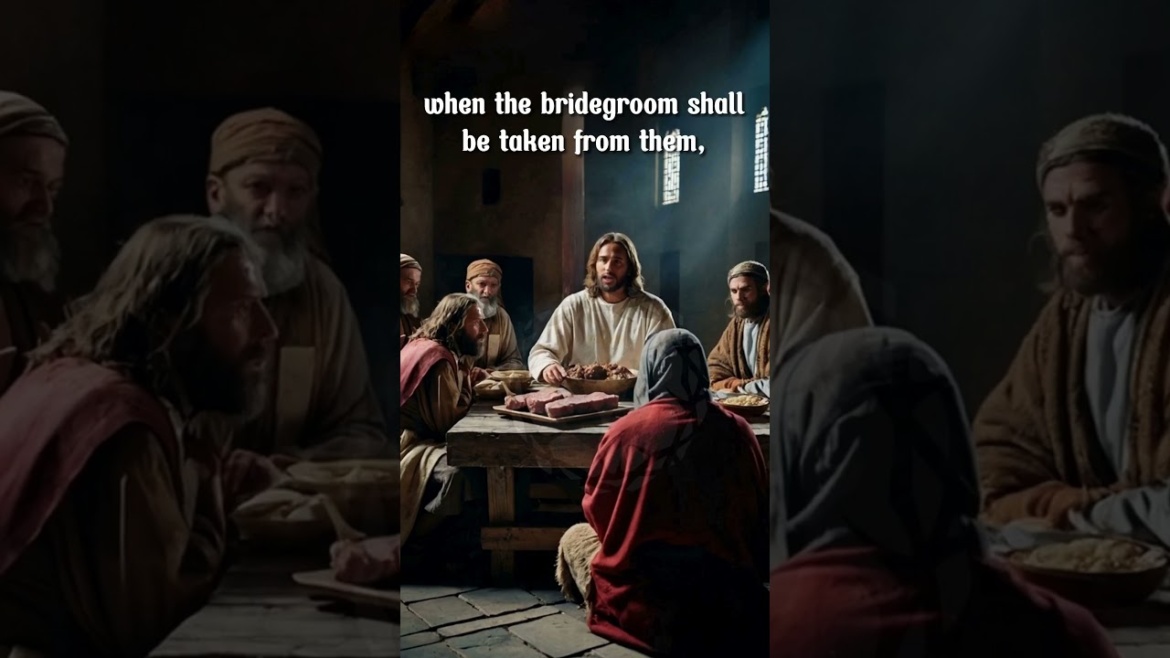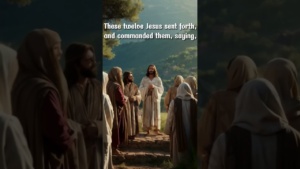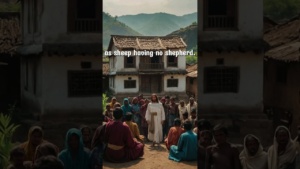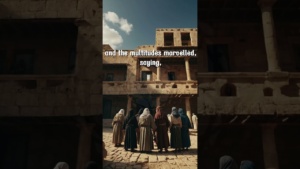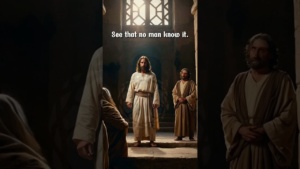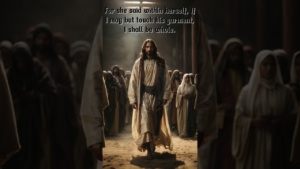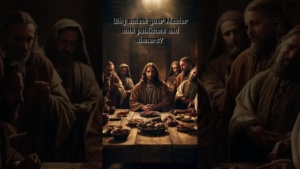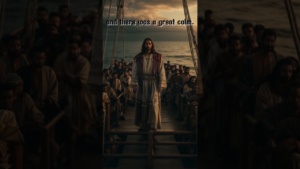The Significance of “Then came to him the disciples of John, saying, Why do we and the Pharisees fast oft, but thy disciples fast not? And Jesus said unto them, Can the children of the bridechamber mourn, as long as the bridegroom is with them? but the days will come, when the bridegroom shall be taken from them, and then shall they fast. No man putteth a piece of new cloth unto an old garment, for that which is put in to fill it up taketh from the garment, and the rent is made worse. Neither do men put new wine into old bottles: else the bottles break, and the wine runneth out, and the bottles perish: but they put new wine into new bottles, and both are preserved.”
The phrase “Then came to him the disciples of John, saying, Why do we and the Pharisees fast oft, but thy disciples fast not? And Jesus said unto them, Can the children of the bridechamber mourn, as long as the bridegroom is with them? but the days will come, when the bridegroom shall be taken from them, and then shall they fast. No man putteth a piece of new cloth unto an old garment, for that which is put in to fill it up taketh from the garment, and the rent is made worse. Neither do men put new wine into old bottles: else the bottles break, and the wine runneth out, and the bottles perish: but they put new wine into new bottles, and both are preserved.” in Matthew 9:14-17 is a more powerful reminder used by Jesus from the Message on the Heaven. It describes an interaction between Jesus and the disciples of John the Baptist, who question why Jesus’ disciples do not fast like they and the Pharisees do.
Context of the Phrase
The reminder takes place after Jesus delivers the Sermon on the Mount, a foundational teaching in Christianity, which caused large crowds to follow him, eager for more teachings and demonstrations of God’s power in Jesus’ authority. It’s preceded by he has healed a paralyzed man, demonstrating his authority. Tax collectors were often seen as collaborators with the Roman occupiers and ostracized by Jewish society. Pharisees were a religious group known for their strict adherence to religious laws and customs. “Publicans” was another term for tax collectors, often associated with dishonesty and greed. Now Jesus is at the time, fasting was a common practice among Jews, often undertaken for religious reasons or as a sign of mourning, expressing grief, repentance, or seeking God’s favor. The disciples of John, accustomed to this practice, were curious why Jesus’ disciples did not seem to follow suit.
The Pharisees: They were a Jewish group known for their strict adherence to religious laws and rituals, including frequent fasting.
John’s Disciples: John the Baptist was a prophet who preceded Jesus and prepared the way for his ministry.John emphasized repentance and asceticism, and his followers likely practiced frequent fasting as a sign of spiritual seriousness.
Jesus’ Disciples: They did not seem to follow the same pattern of regular fasting.
Significance of the Phrase
The reminder uses an analogy to explain the difference between his approach and that of the Pharisees or John the Baptist. He compares his disciples to “children of the bridechamber,” celebrating with the bridegroom (himself). In such a joyful occasion, mourning and fasting are out of place. However, he acknowledges that a time for mourning will come, foreshadowing his own death and resurrection. With two metaphors to emphasize the need for adaptability and avoiding rigid adherence to tradition. The first compares patching an old garment with new cloth, which would only worsen the tear. The second compares pouring new wine into old wineskins, which would burst and ruin both the wine and the container. These metaphors highlight the importance of adjusting practices to fit the changing circumstances and embracing new teachings without clinging to outdated traditions.
Here are some key points:
External rejection: Jesus is not emphasizing ritualistic actions like fasting but focuses on the joy and celebration of his presence.
Internal covenant: He compares his movement to a wedding, signifying a new relationship between God and humanity. This contrasts with the “old way” of observing religious practices.
Gradual transition: Jesus acknowledges that fasting will have a place in the future, indicating a period of mourning and hardship after his departure.
Flexible practice: Jesus suggests that religious practices should be adapted to the context and individual needs, not rigidly followed as mere rituals.
Application of the Phrase
The reminder offers a timeless message about the true nature of faith and its expression. It encourages us to focus on the core principles of love, joy, and transformation rather than getting caught up in rigid rituals and outward appearances.
Here are some key points:
Religious practice: It emphasizes the heart of the matter over rigid rituals while encouraging the authenticity with flexibility in spiritual expression.
Personal growth: It emphasizes the importance of adapting to changing circumstances and embracing new knowledge while encouraging the retention of core values.
Genuine relationship: It emphasizes understanding and adapting communication styles to resonate with different individuals and situations while encouraging the genuine relationship with God.
True joy: It emphasizes true faith should be a source of true joy, not be a source of mourning despite hardship while encouraging the deeper understanding of faith beyond mere rituals.
In summary, the reminder emphasizes the importance of aligning beliefs and practices with the core message of Jesus and adapting them to new contexts while maintaining authenticity.
THE CHILD IS INTENDED INTO ONE SUB & NINE INSIDE VOICES
« Samsara Inside Voice Of Heaven In Child Intended To Exist »
WHAT IS ⚡ HEAVEN’S REVELATION? IT IS JUST INSIDE VOICE!
« Inside Voice’s Reminder »
